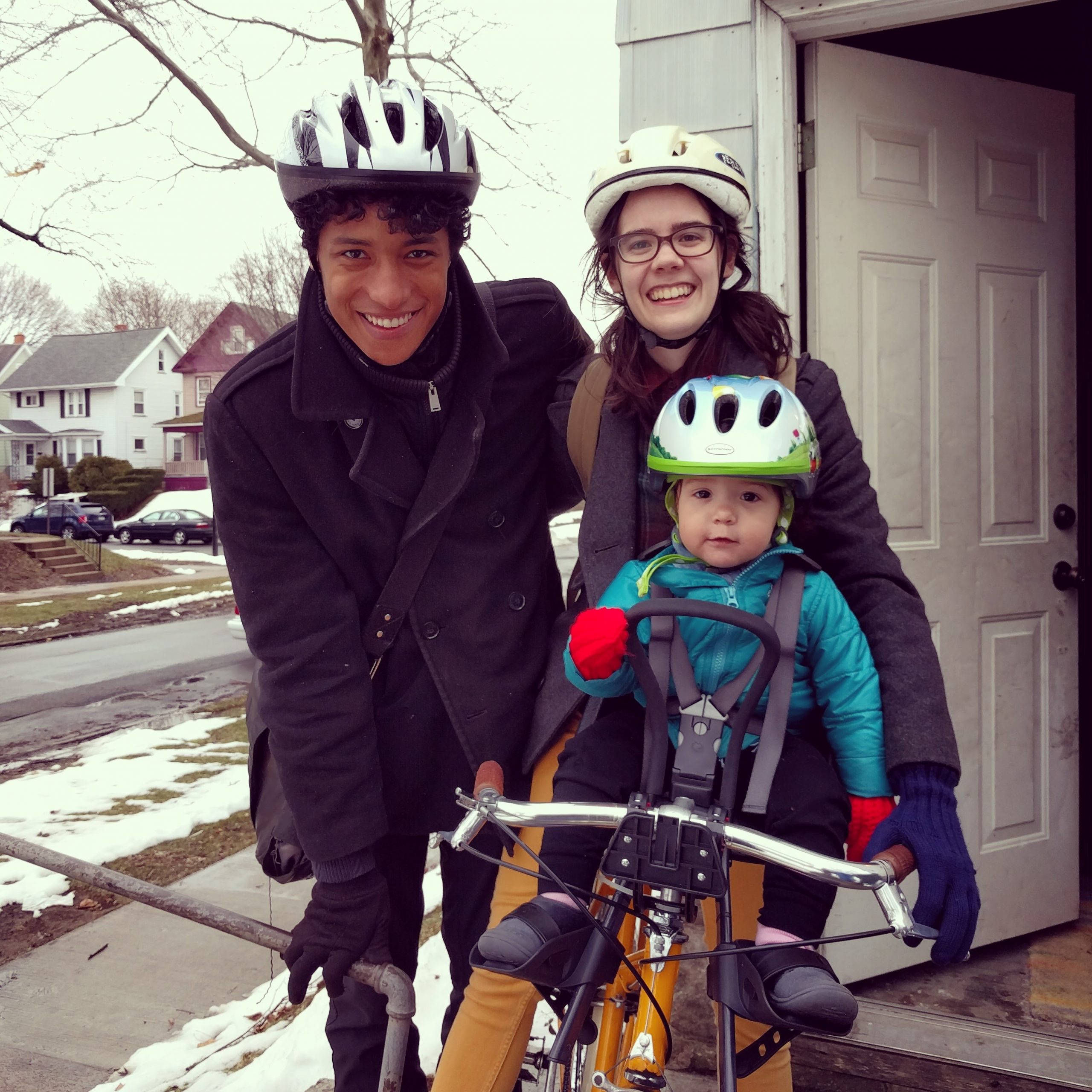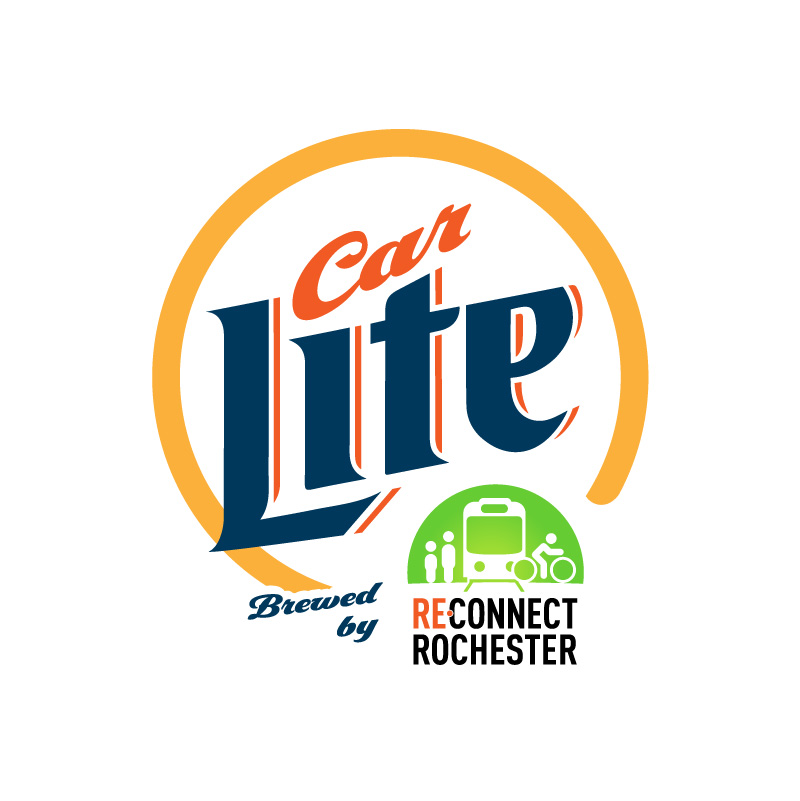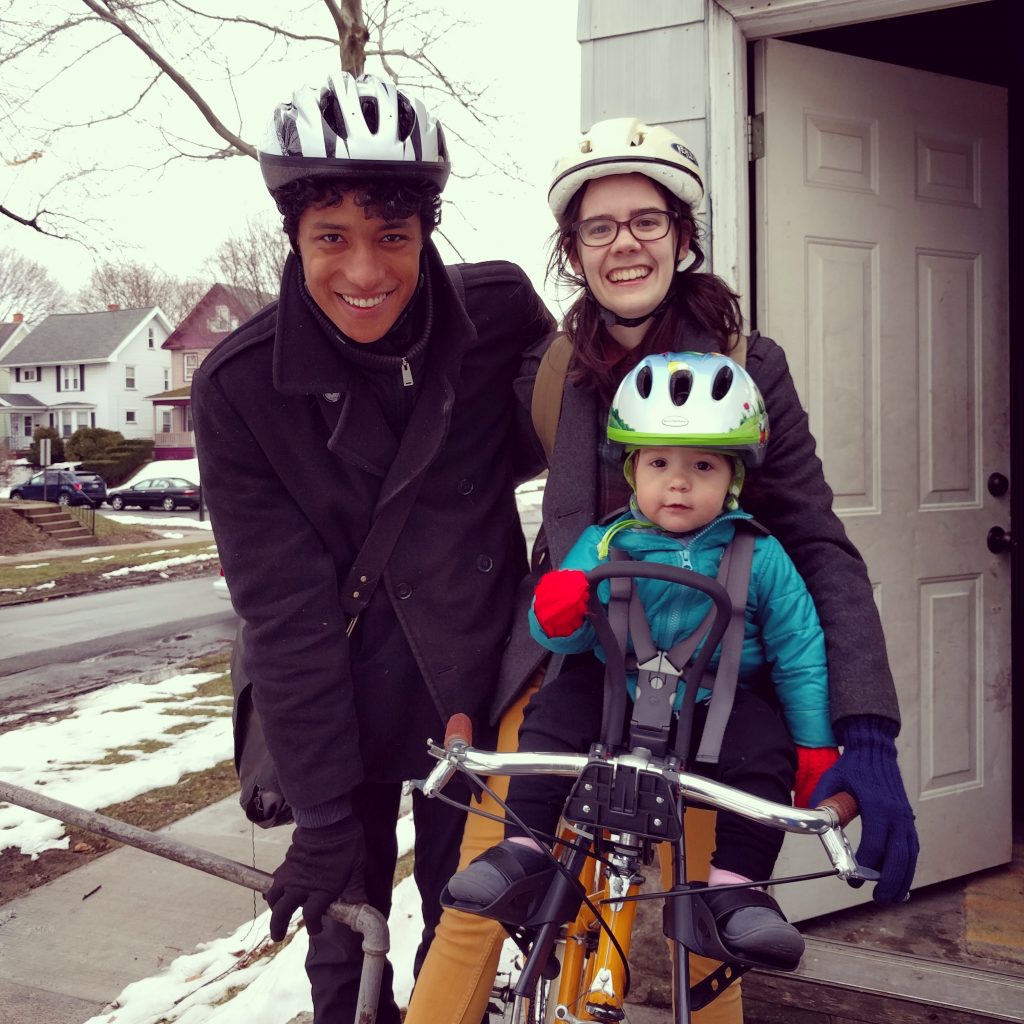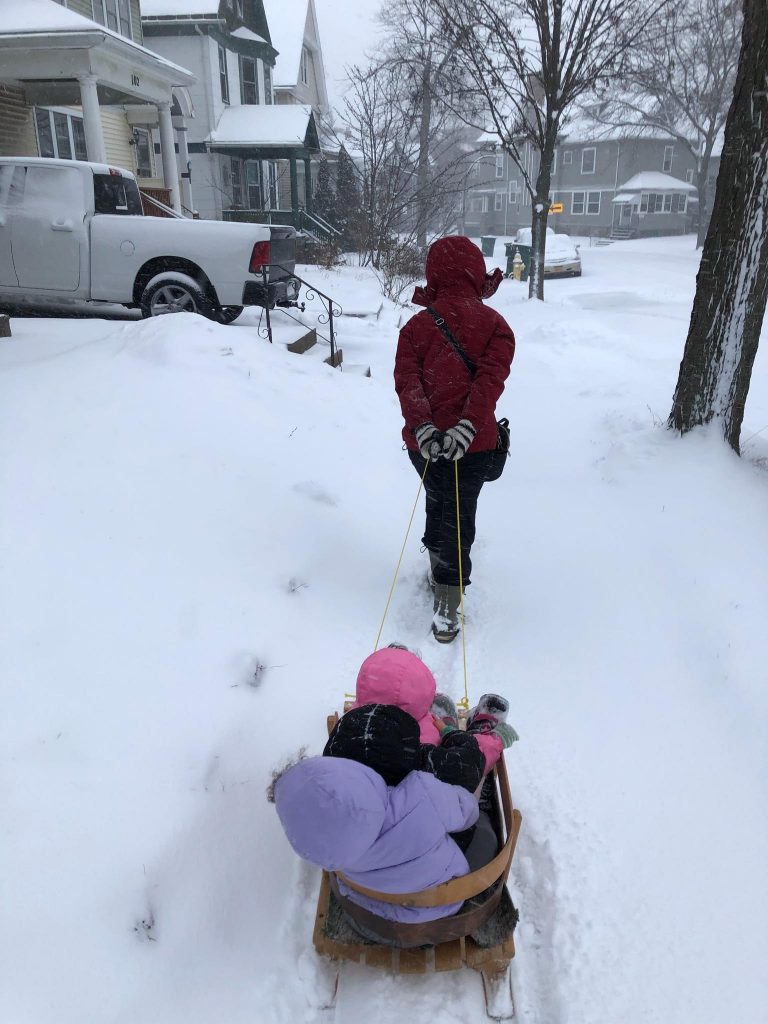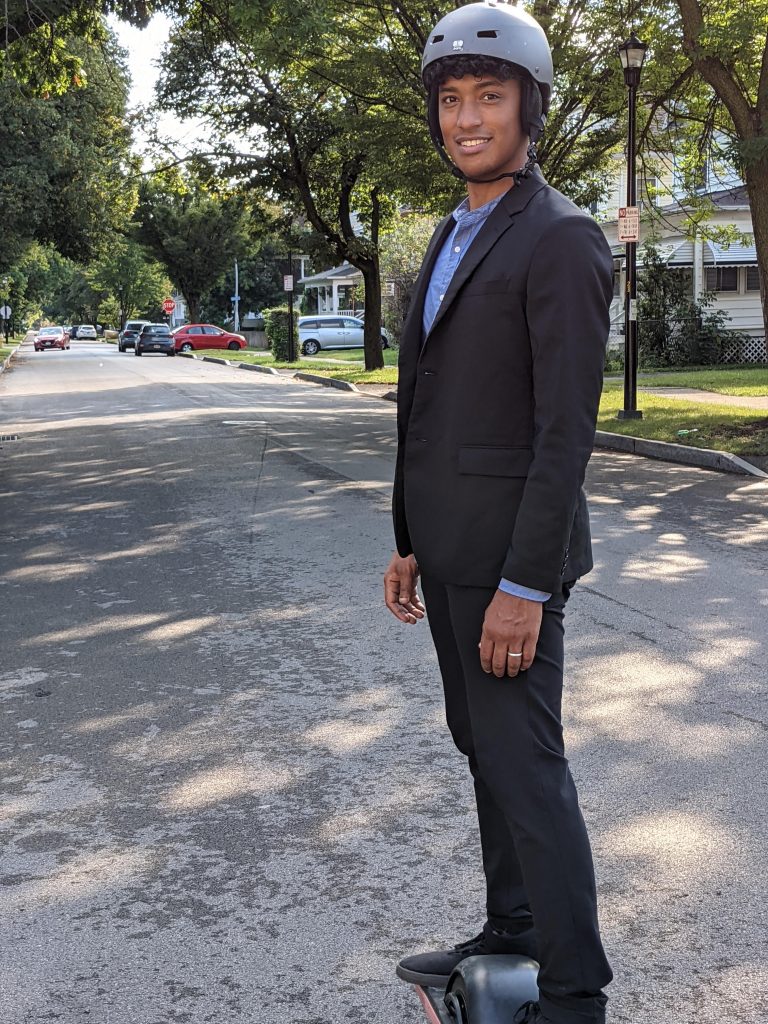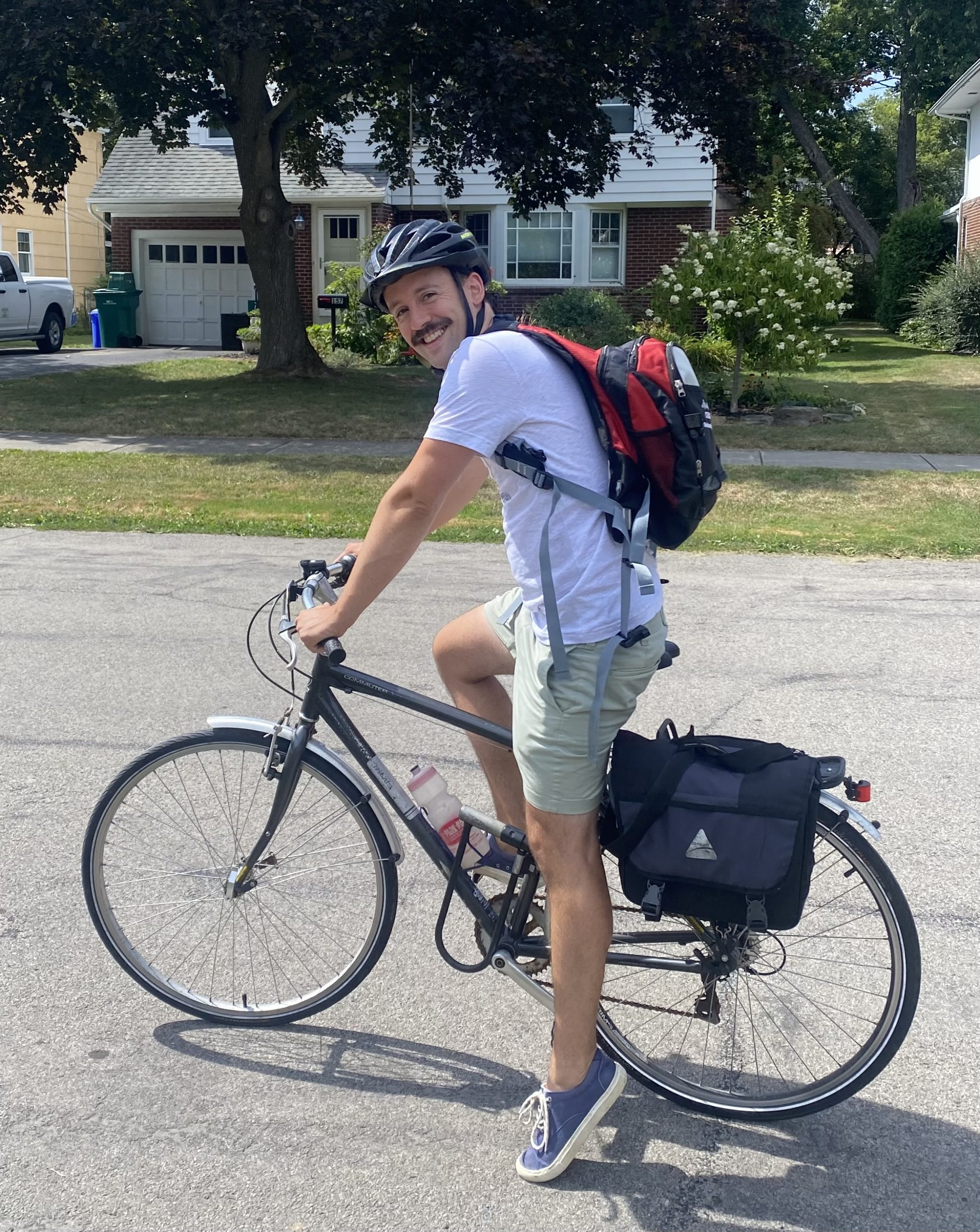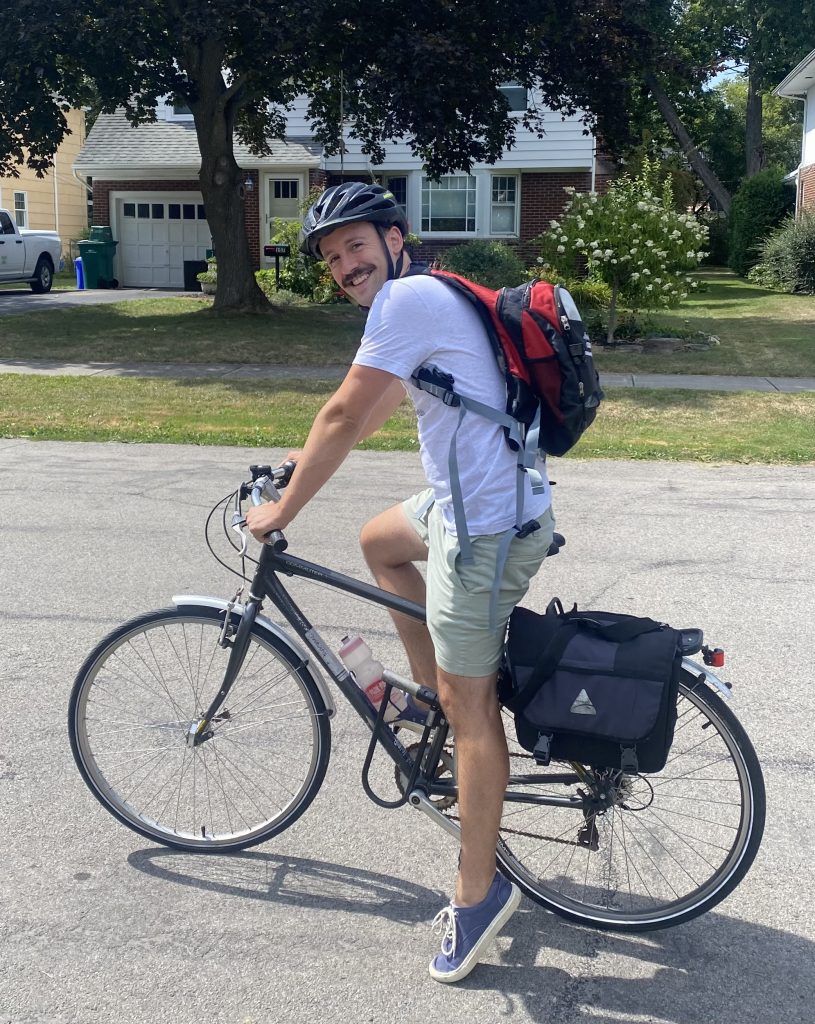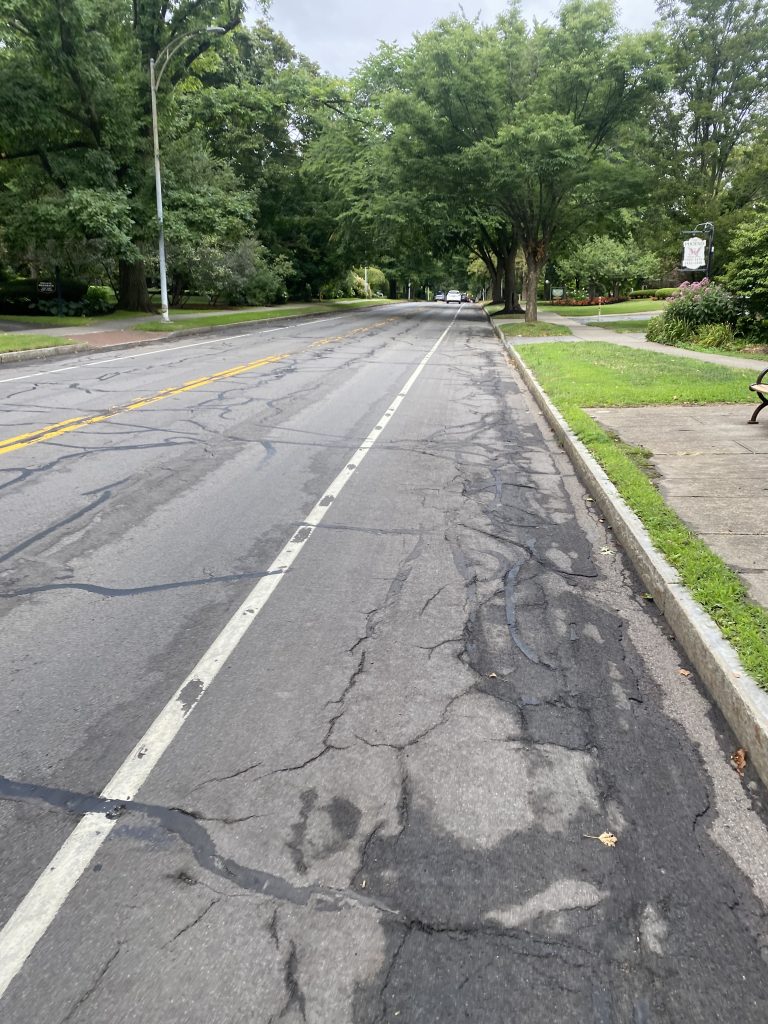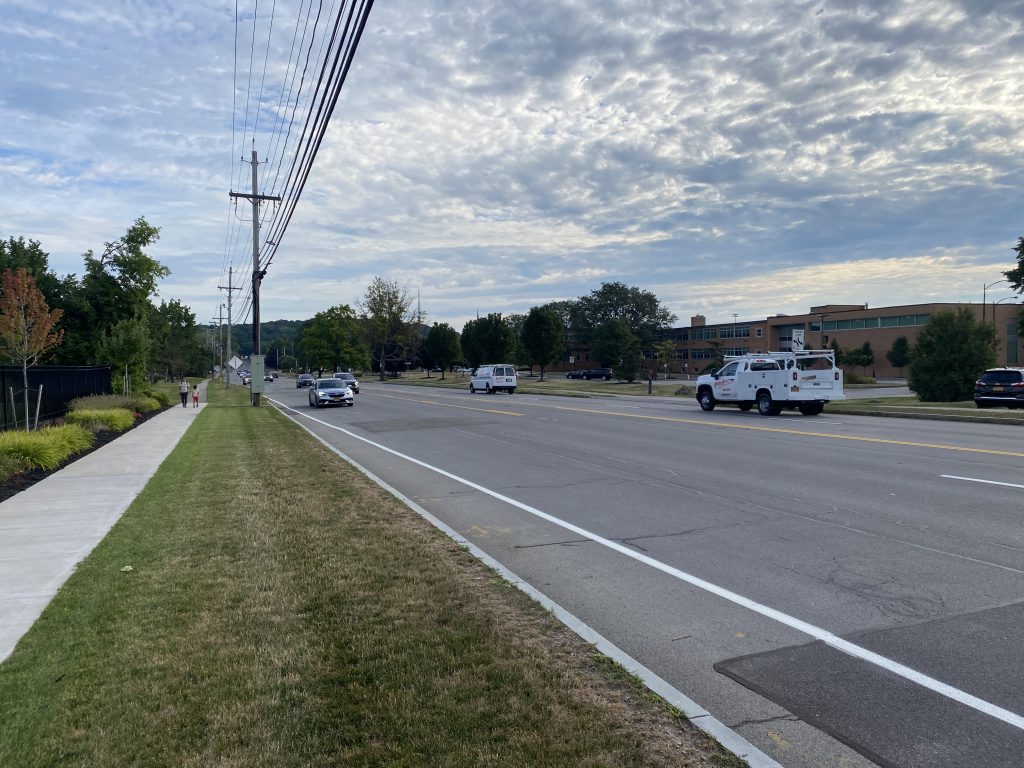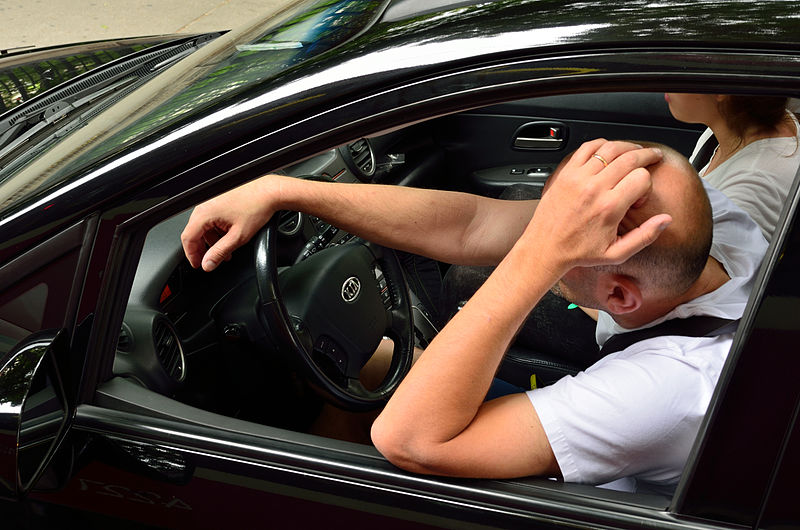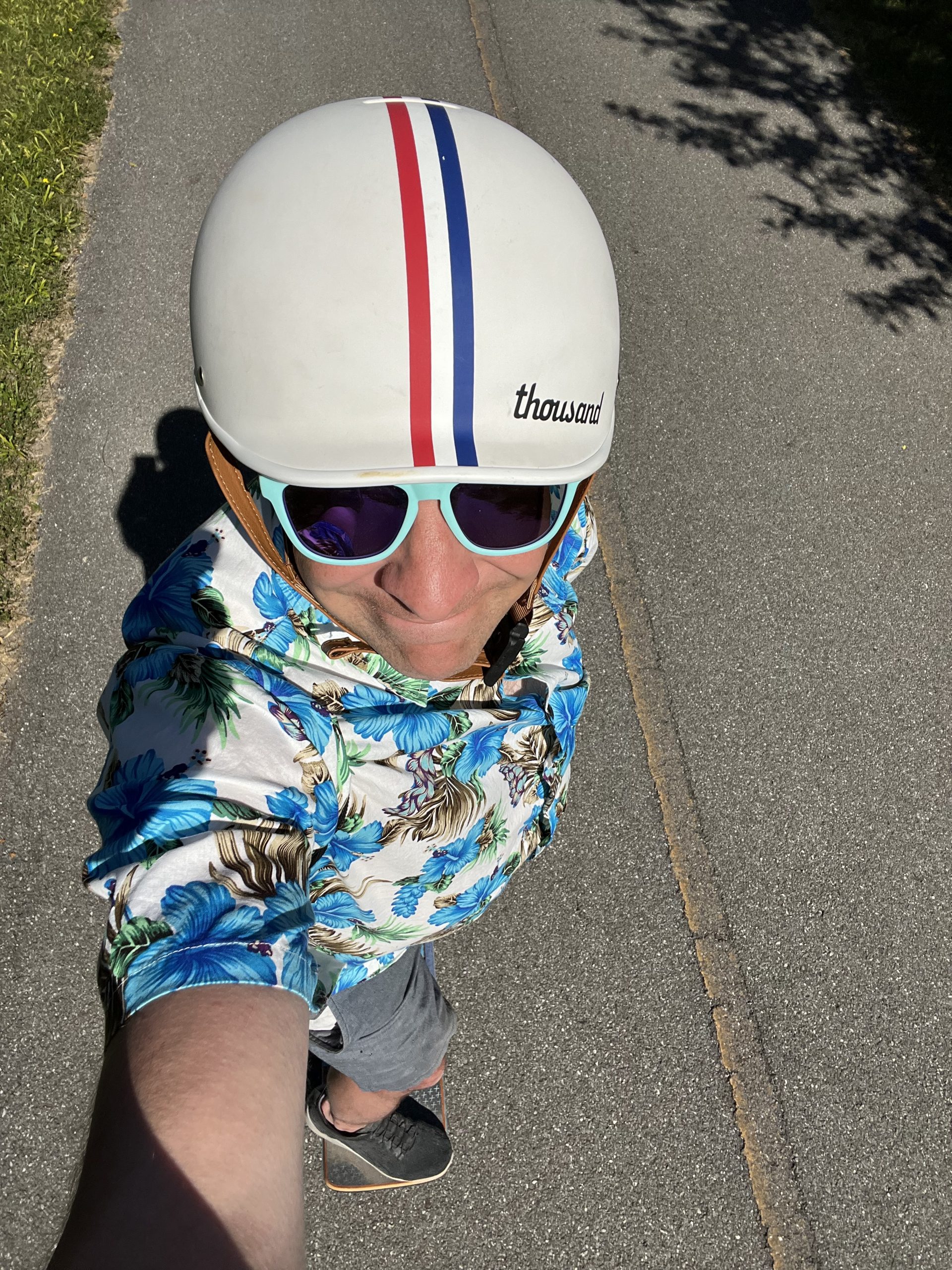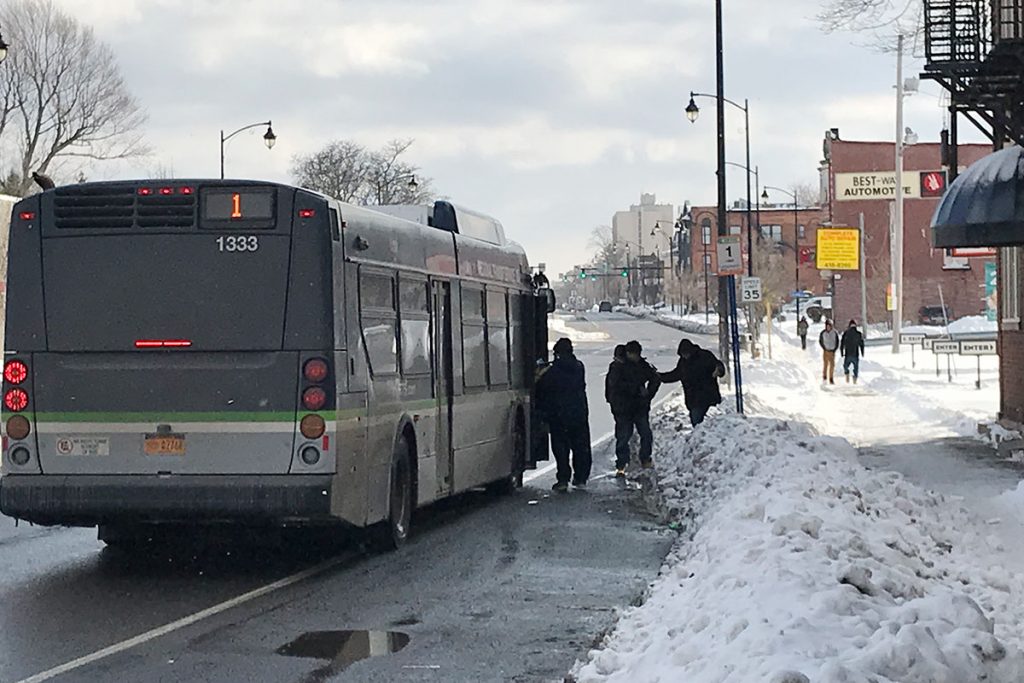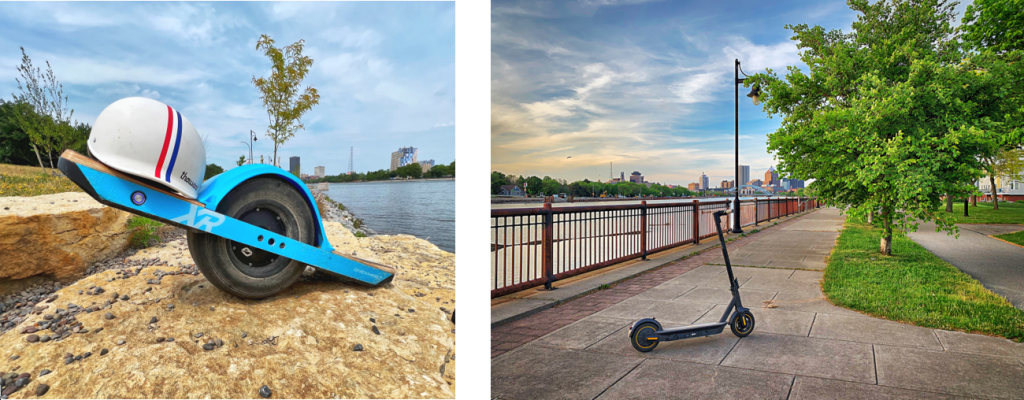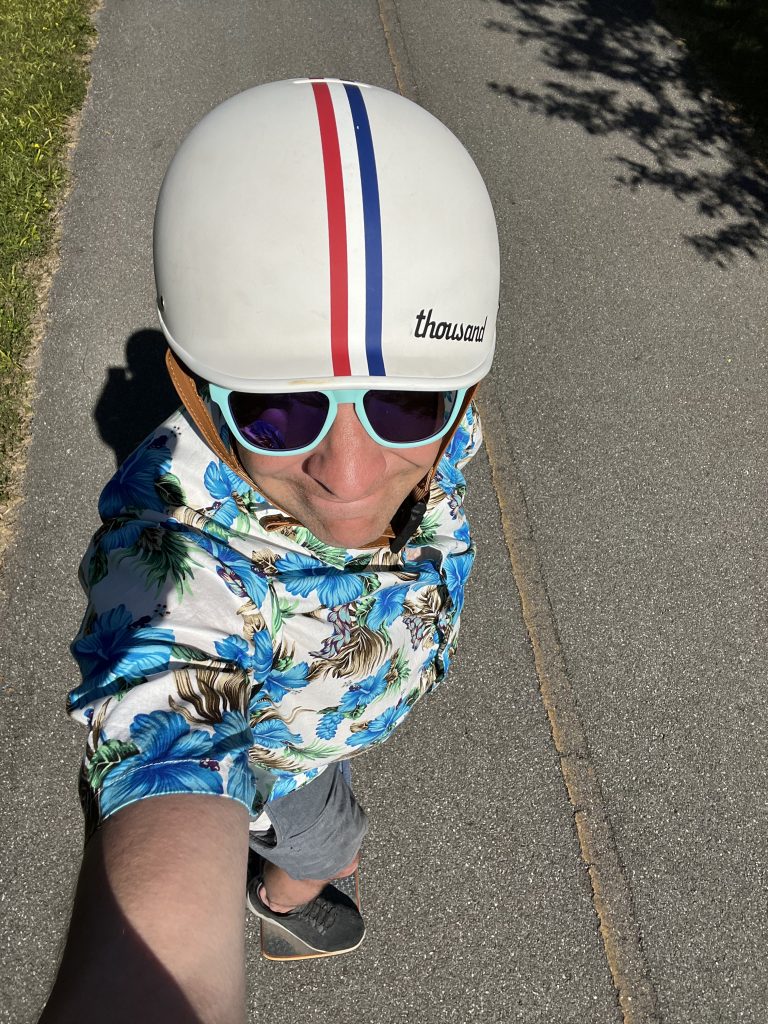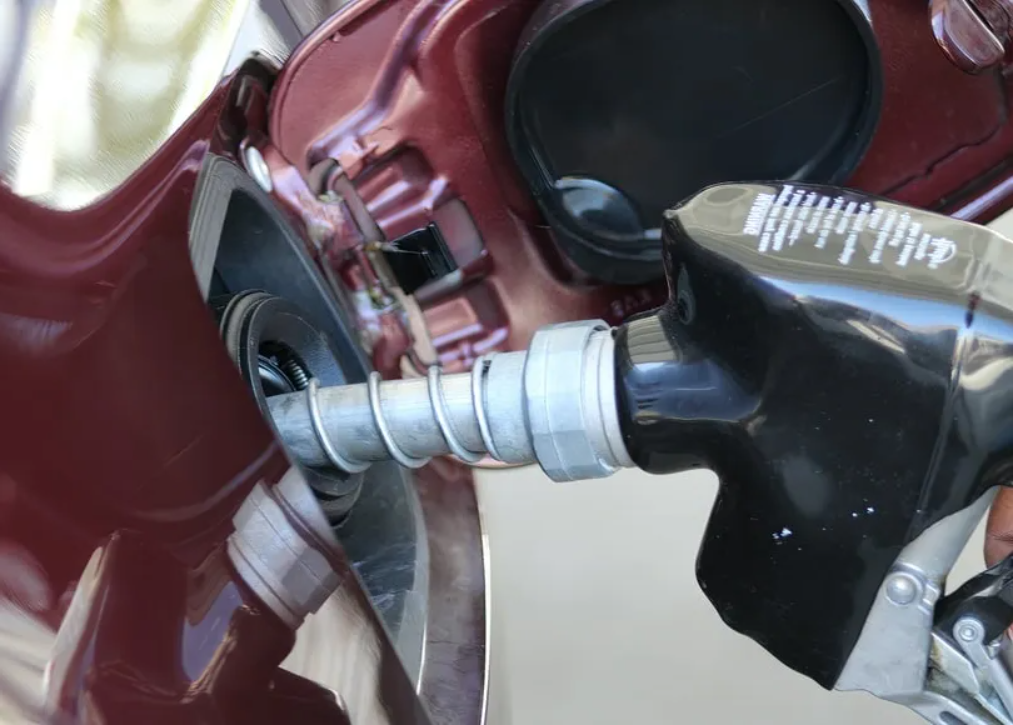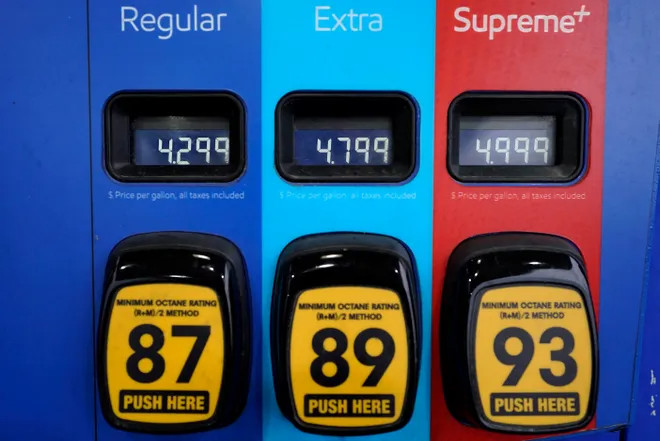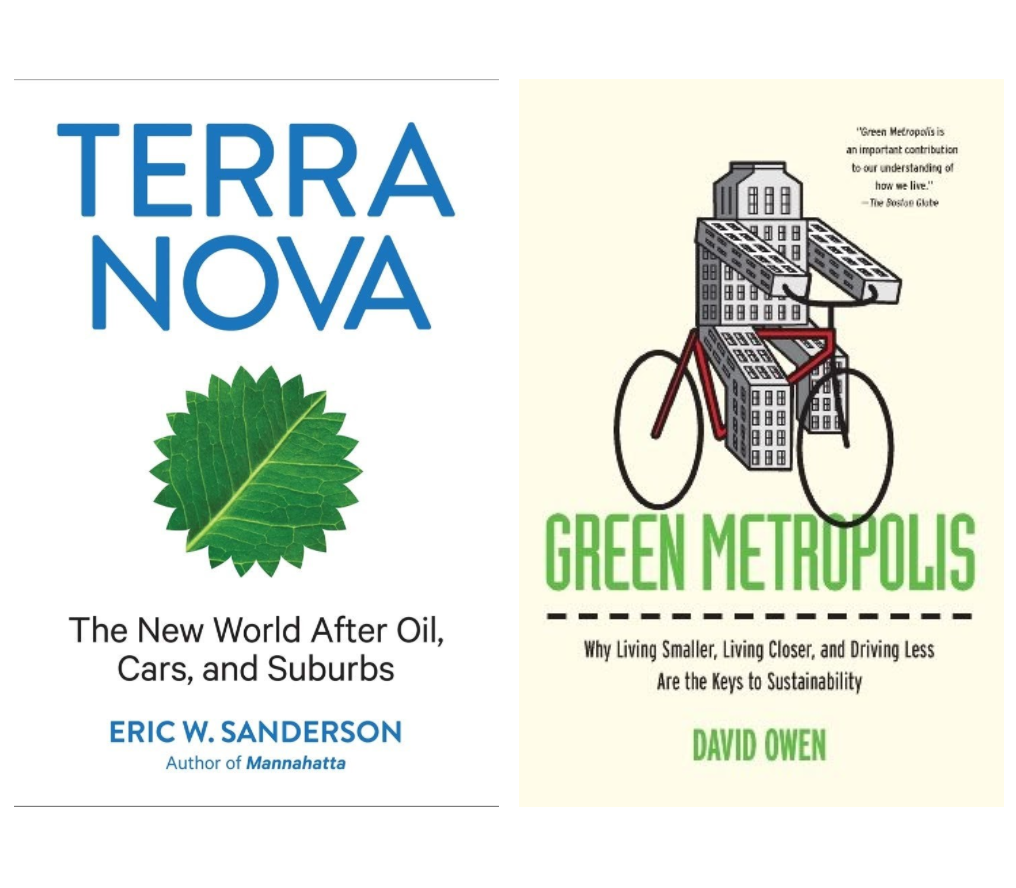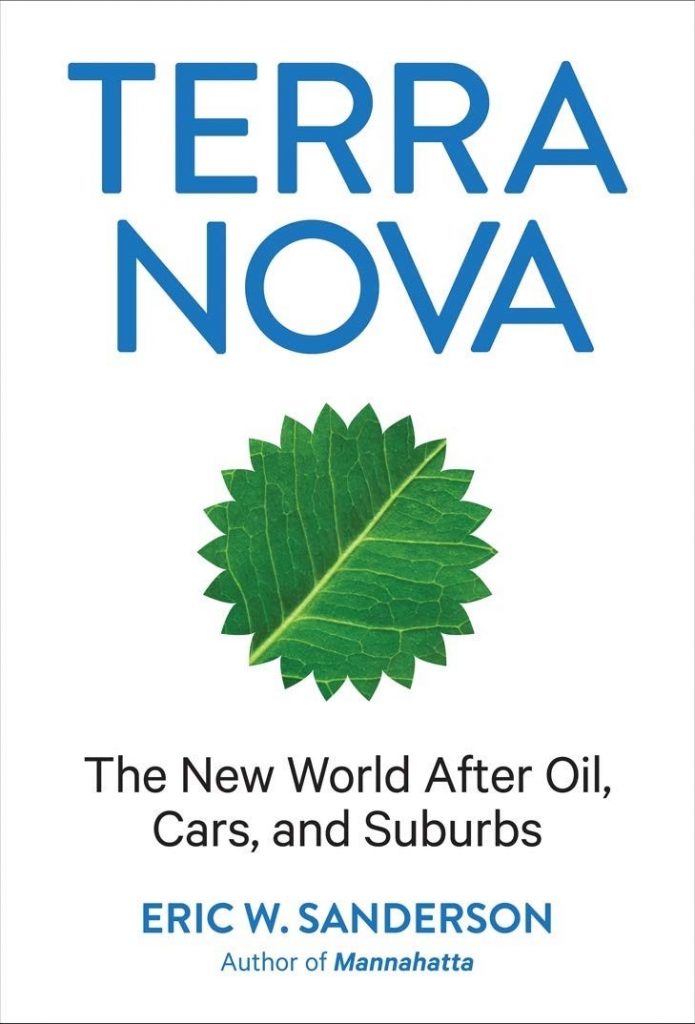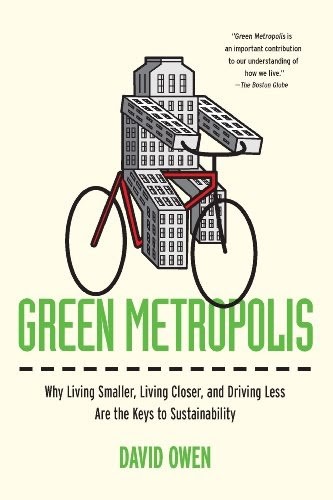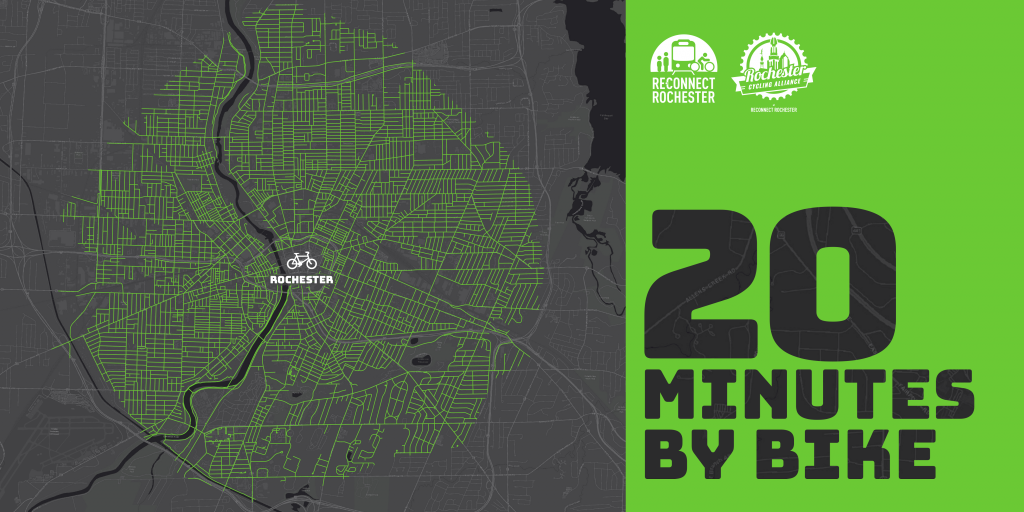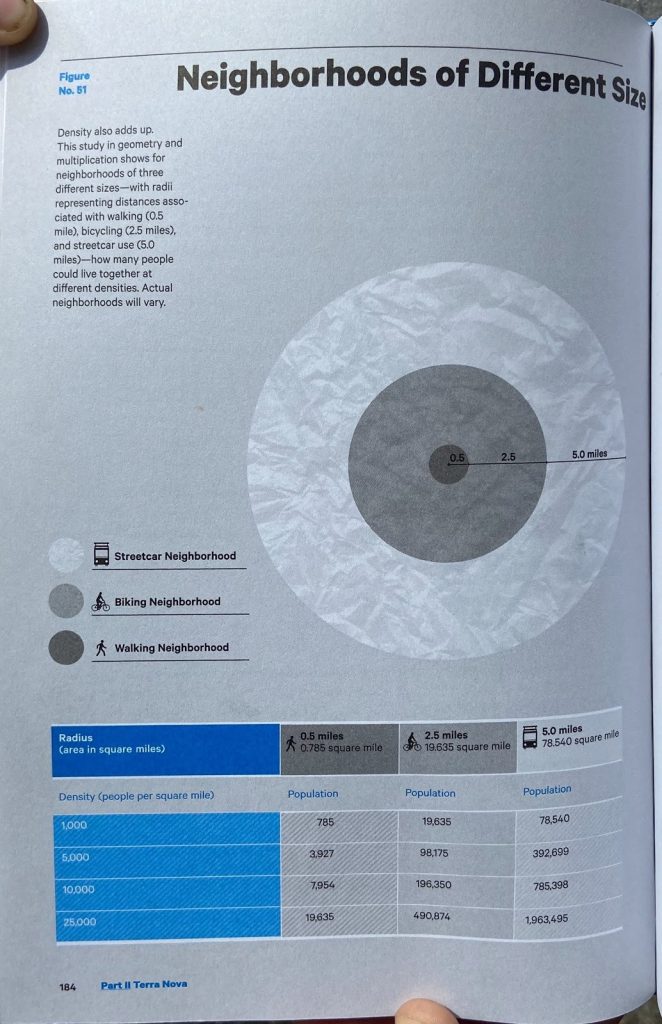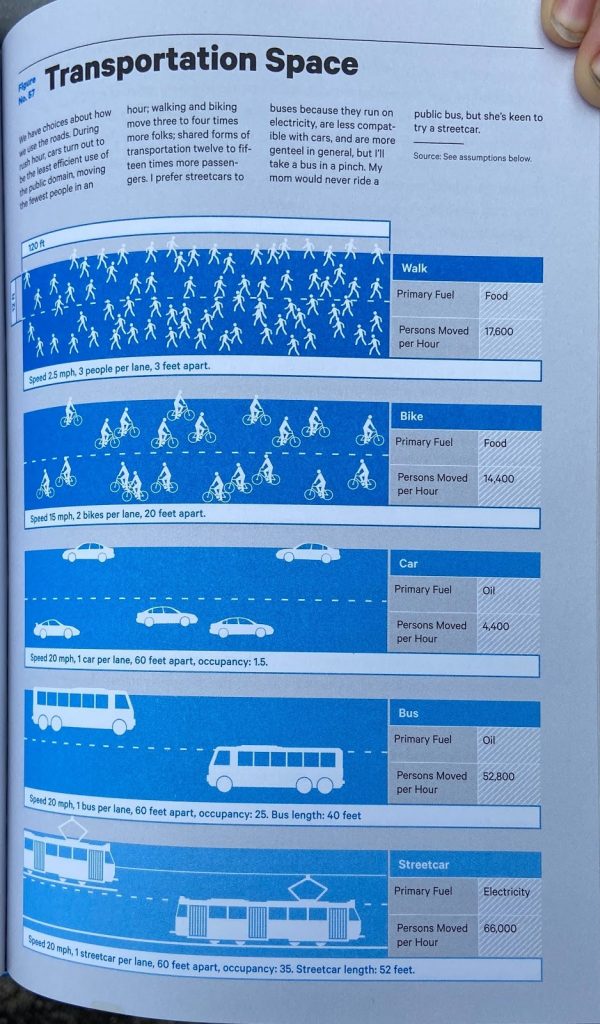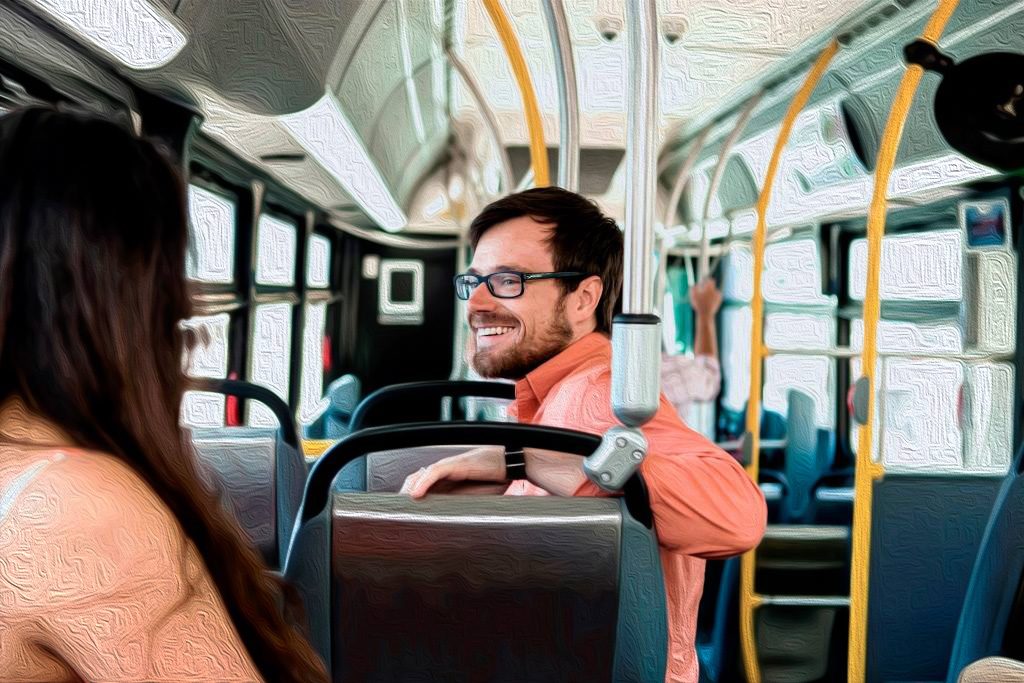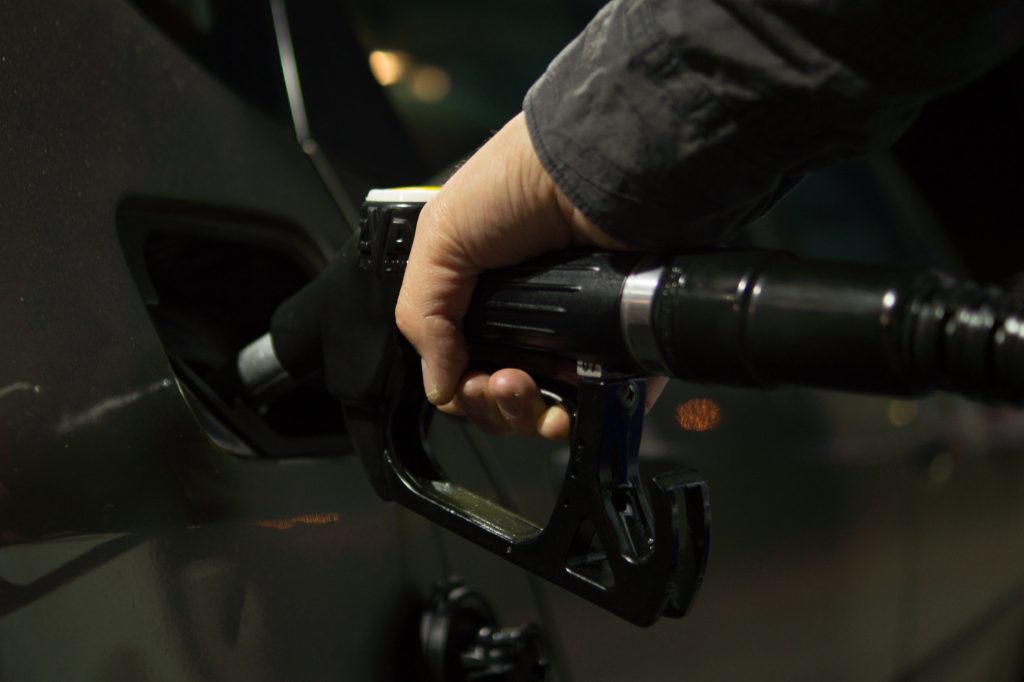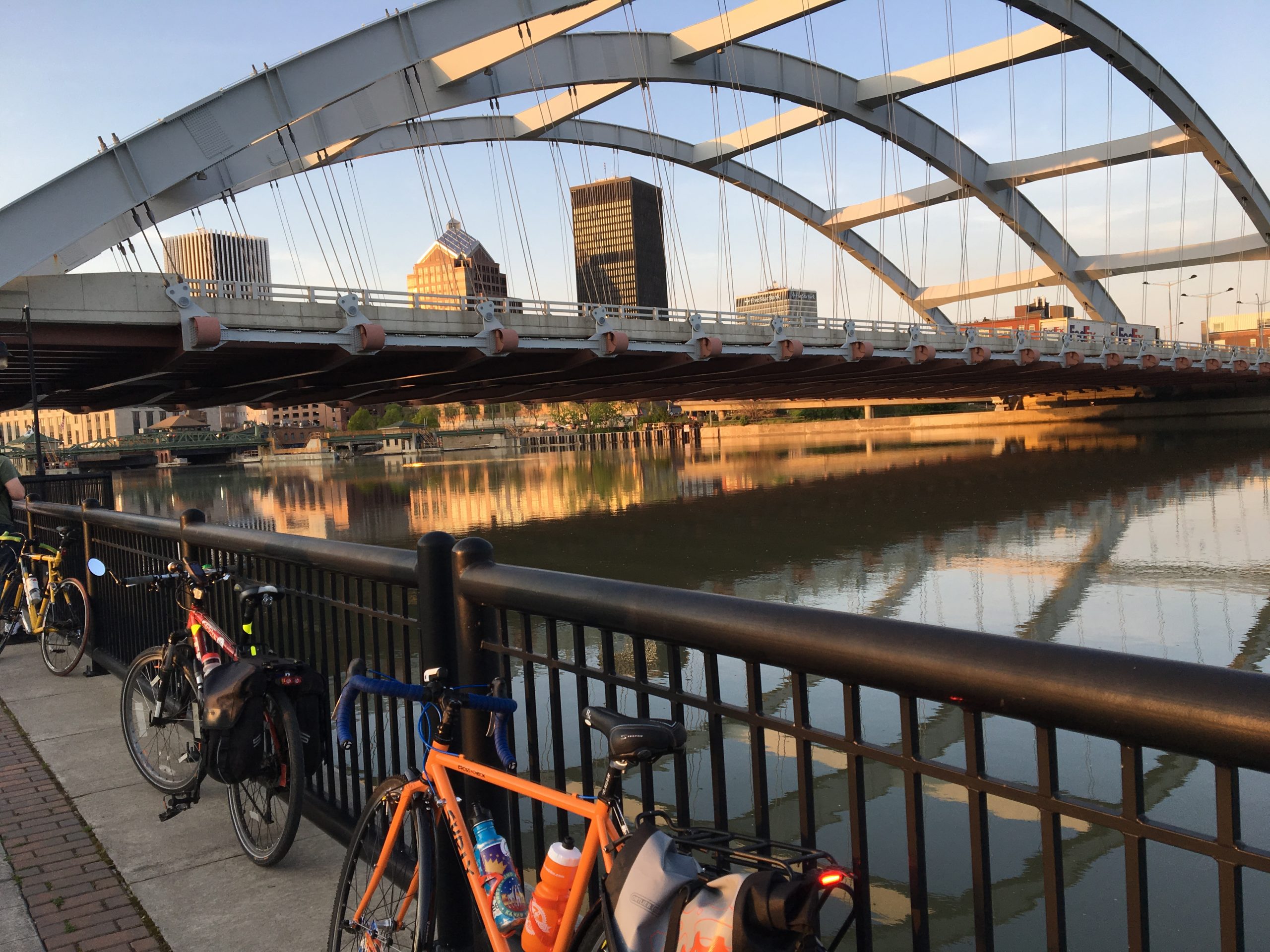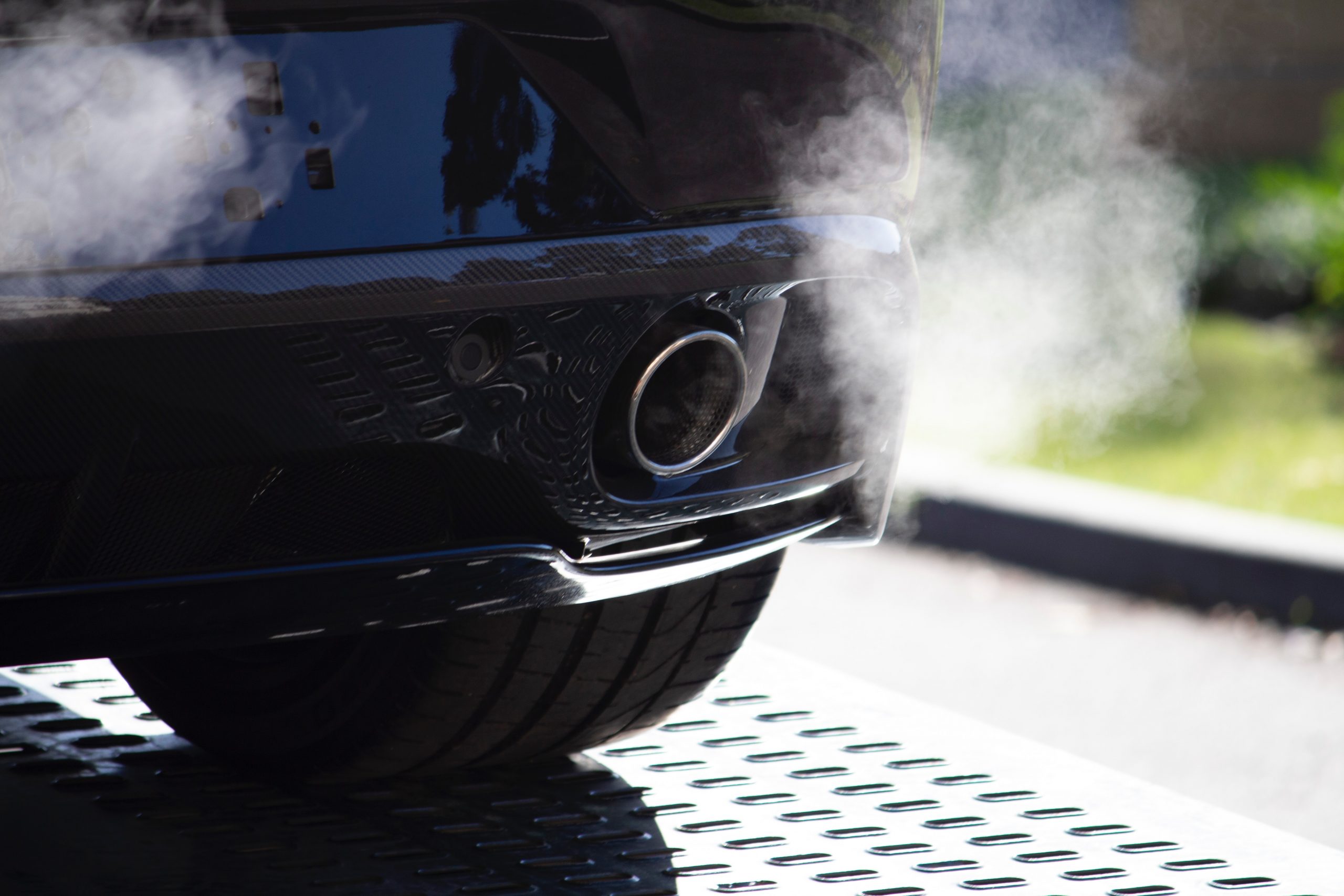Car Lite Rochester is a blog series that highlights the stories of Rochesterians living a car-lite lifestyle. The term “car lite” encompasses a variety of multimodal transportation lifestyles, featuring little dependence (but not NO dependence) on a car. It typically looks like sharing one car within a household or only using a car when absolutely necessary.
So, we hope you’ll continue to follow along. Maybe you will be inspired to join our bloggers in living a car-lite lifestyle!
Wanna rep it? Check out our newest t-shirt in our online shop.
Car Lite Rochester: A Lifetime of Multimodal Memories
By: M. André Primus
I’ve always lived a car-lite lifestyle, but growing up in the hood we used to just call it “broke.” I suppose in Europe they don’t call it anything, it’s just normal. Whatever you call it, it works out to be the same thing: Do you make the majority of your trips with a car or without one? And what does that mean for how you experience your life?
Growing up, we could only afford one car, so I have very early memories of sitting in the child seat on the back of my mom’s bike, watching her standing up in the pedals to get us both up the hill over the train tracks on East Main, on our way to the Public Market. I remember a few years later, pedaling up the same hill behind her on a little bike of my own, my baby sister now taking my place on the back of the bike.
Rochester winters were colder and snowier then, the lead up and lag longer — practically a six-month progression of slush, then ice, then snow, then ice, then slush again. When our bikes were away for the winter, we trudged through the snow to the Sully Library, where I, homeschooled-kid that I was, would sit for hours and read.
I remember finding a stash of old RTS tokens in some corner of our old house, undoubtedly uncovered by my mom’s continuous renovations. Even though they had been phased out of use by the mid-1990s, we used them to get on the bus for the next couple of weeks, the driver accepting them out of some combination of bemusement, kindness, and apathy.
The funny thing is, we did have a car for all that time! When gas fit in the budget, or our destination was too difficult for a single mother to haul her two children with alternative transportation, we drove. But I don’t have any memories of my time in the car with my mother, save for a few family road trips. Any day-to-day car travel was struck from my mind, while even the most mundane bike trips stand out with a sort of magical glow. I was a very imaginative child, and as soon as I sat in a car I checked out of this universe. I read a book, or explored the wilds of Hyrule on my Gameboy Color, or simply imagined a world of my own. But traveling without a car, I was present; I could see the world around me.
As I got older, our life stabilized. My mom started getting higher-paying work, I started attending school, and we used our car more. But I retained a love for alternative transportation. By the time I got to high school I was walking to school every day and exploring the city with my friends, on foot or by bike.
Once I graduated high school and began attending MCC I biked out to Henrietta daily, year-round. I was occasionally endangered by drivers on my way to school, when I reached the point where Mt. Hope became West Henrietta Road and the shoulder became narrow. More than once the rush of air from a passing truck shook me, or even knocked me off my bike onto the curb. But that couldn’t stop me any more than the snow could. I’d practically been born doing this.
Nowadays I have a family of my own. A wife and two daughters, one four and one six. I’ve worked to create memories for them, the same way my mother did for me. I hope that when they get older, they’ll remember being pulled through the snow in a sled to the Sully Library, or to New City Cafe. Maybe they’ll remember riding to the Public Market as a family on Saturday morning. Maybe they’ll remember how excited they were every time they got to ride the RTS 41 crosstown, how they would cry out and point every time they saw it around the city, “The 41 bus! Look!”
And I’m still creating my own memories. I ride my Onewheel to work most days, with the exhilarating feelings of floating along powered by electricity and intention, of seeing the city, the people, of feeling the wind in my face. A feeling that, besides the visceral pleasure, provides the sort of feeling of freedom a teenager gets upon getting their license, but without the feeling of being tied down that same teenager will get once they begin dealing with gas, insurance, maintenance, and the inevitable lack of a parking spot.
When it gets too snowy for the onewheel, my mountain bike comes out. In the depths of winter, the effort of plowing through snow banks and navigating the maze of icy berms left by competing snowplows warms me up enough that I often have to remove my jacket, and certainly don’t miss a car’s heating. I’ve watched Rochester’s winters get milder and milder in my 30-odd years, so I take a sort of savage joy in wrestling with the winters we have left.
I realize I could have made a case here, telling you all the economic, financial, environmental, and sociological reasons why you should consider using your car less, but at the end of the day, I think the emotional experience of living less of your life in a car is reason enough. Maybe you don’t need the monotony, isolation, and immobility of car travel in your life. Maybe, you could have something better?


